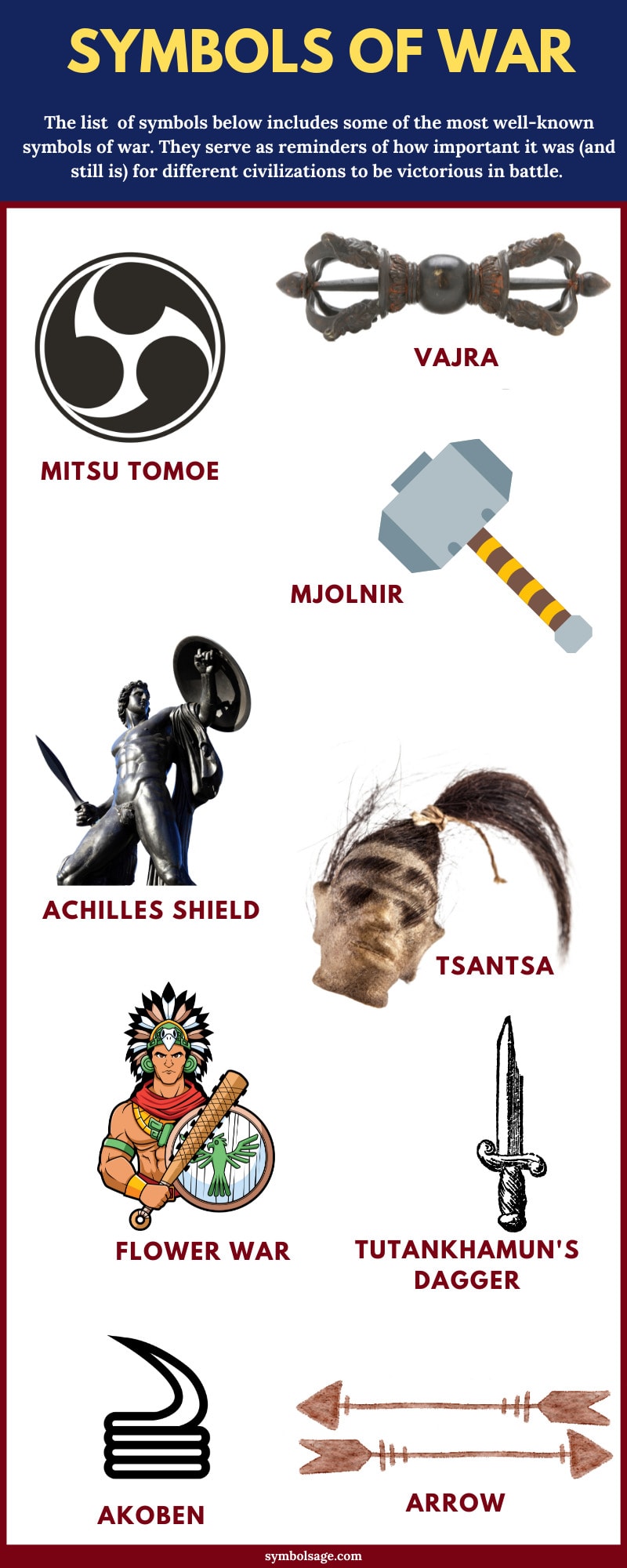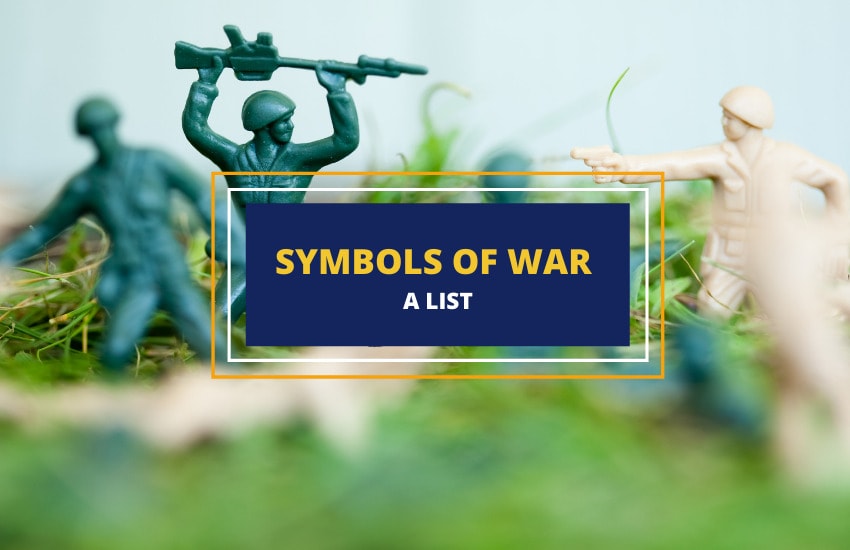
Table of Contents
In a cosmic sense, every war entails combat between light and darkness, and good and evil. Mythological wars, such as the one waged between Zeus and the Titans, Thor against the Giants, or Gilgamesh against the Monsters, are present in most societies.
Some wars are waged between people of different communities. In some religions, such as Islam, actual warfare is but a ‘small holy war’, while the ‘big holy war’ is that which is fought between man and his inner demons.
In this article, we’ll take a look at a list of the most popular symbols of war taken from different societies spanning most of the world’s geography and eras.
1. Arrow (Native American)
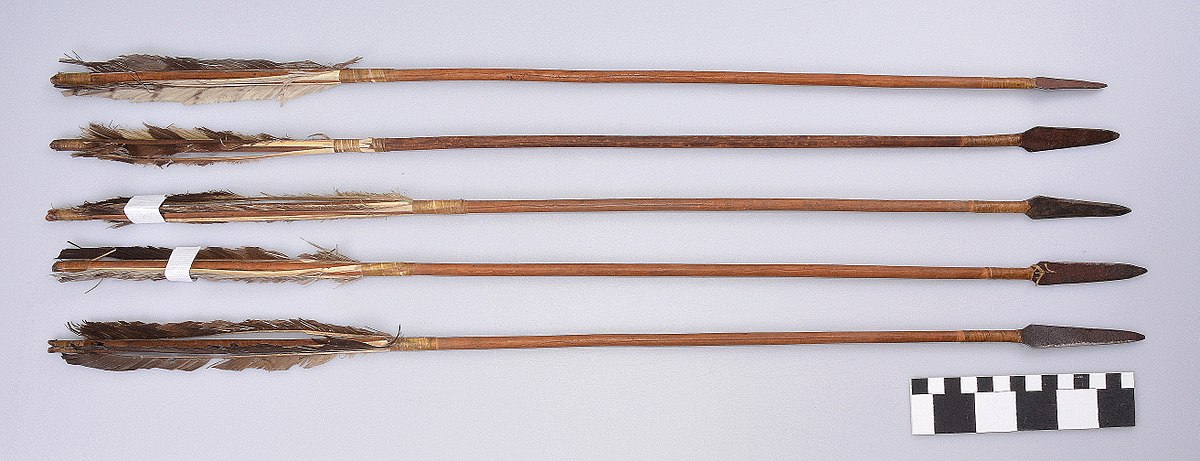
One of the earliest symbols of war, arrows have been used since ancient times as a tool with which to hunt and feed families, as well as a weapon with which to protect oneself.
Arrows were so important in the cultures that used them, such as the Native Americans, that they were life itself. Thus, in Native American culture, arrows symbolize both war and peace.
The way the arrow was depicted could also change its meaning. Two horizontal arrows pointing in opposite directions symbolized war, while a single arrow pointing downwards represented peace.
2. Mitsu Tomoe (Japanese)

Hachiman is a syncretic divinity of war and archery who incorporated elements of the Shinto religion and Buddhism. Although he had been worshiped by farmers and fishermen as the god of agriculture, he was also worshiped during the age of the samurai.
Hachiman protected warriors and the Imperial Palace in Japan. His messenger was a dove, which in these societies was considered a harbinger of war.
However, he’s more commonly known for his emblem, mitsu tomoe or mitsudomoe, a whirlpool made of three comma-shaped swords. This emblem appeared on samurai banners during the Heian era (ca. 900-1200 AD) and was much feared by enemies.
The three ‘heads’ in the mitsu tomoe symbolize the three worlds: Heaven, Earth, and the Underworld. Its whirlpool shape is associated with water which is why it’s commonly used as an amulet against fires. It’s also linked to the never-ending cycle of energy and rebirth, which is most important in samurai ideology.
3. Vajra (Hindu)
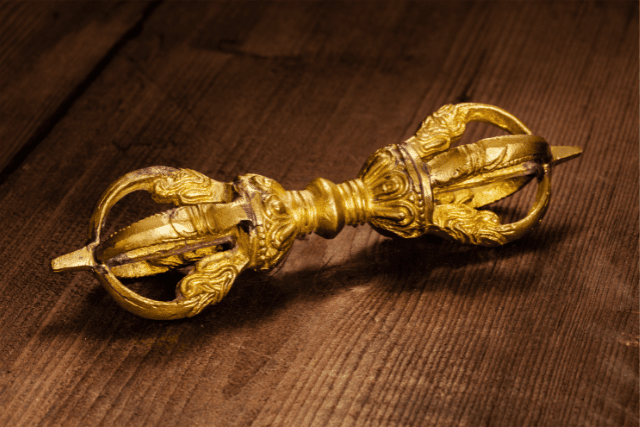
The vajra is a five-pronged ritual weapon and a Hindu symbol of war meaning ‘diamond’ and ‘thunder’. It represents the toughness of the former and the irresistible force of the latter.
According to the Rig-Veda (ca. 1500 BC), the vajra was created by Vishuá Karma, master artisan, and architect for the gods. It’s said that he created the weapon out of the bones of a wise Indian sage.
The vajra is a symbolic weapon, consisting of a sphere in the center with two lotus flowers on its sides, which in turn have eight or nine prongs. It’s believed that this weapon has the power to destroy both internal and external enemies.
It’s used by Tibetan and Buddhist monks together with a bell, whose sound invokes the presence of divinities.
As mentioned in the Vedas, the vajra was one of the most powerful weapons in the universe, used by Indra, the King of Heaven, in his (small) holy war against sinners and the ignorant.
4. Mjölnir (Norse)
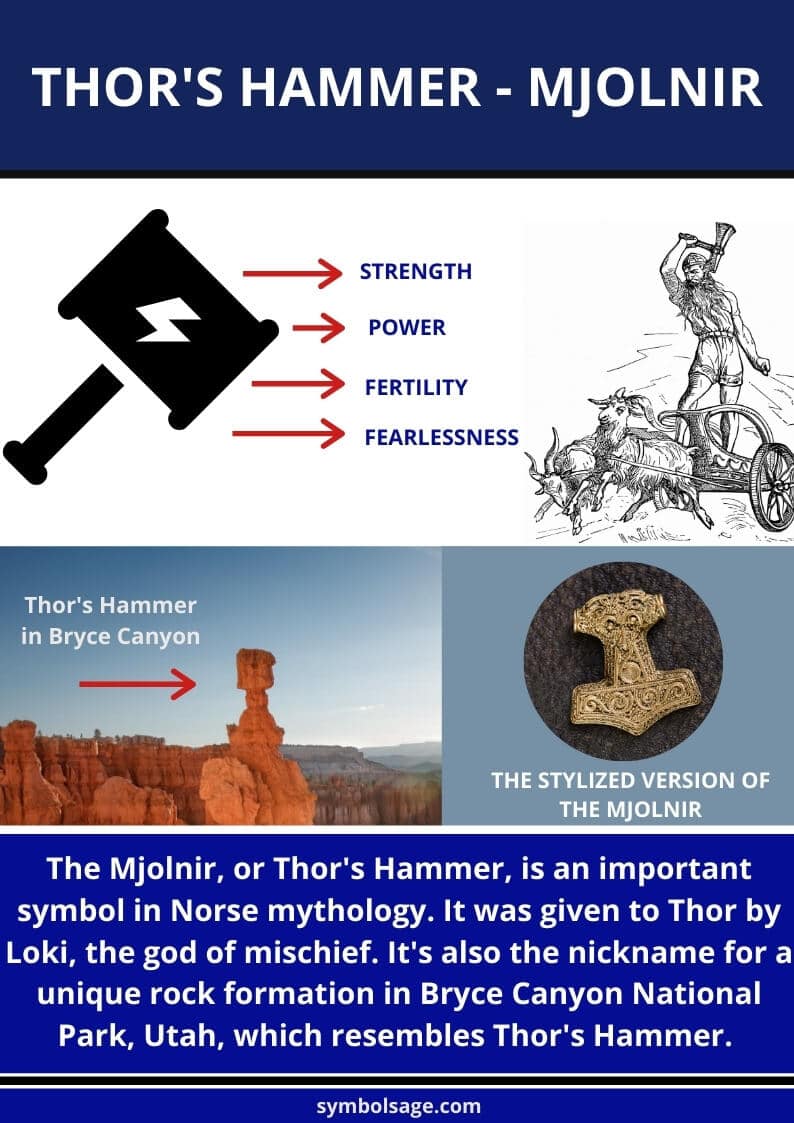
Thor (Donar in Germanic) is most famous as a god of war, as well as a deity of farmers, agriculture, and of the Earth’s fertility. Mjolnir, or Mjǫllnir in Old Norse, is the famous hammer of the god Thor. This was a battle hammer and was used as a devastating weapon against his enemies.
Mjolnir is most often represented in either pictures and paintings or as a pendant or amulet. As the thunder weapon of the god Thor, Mjolnir is often viewed as a symbol of strength and power.
5. Achilles’ Shield (Greek)
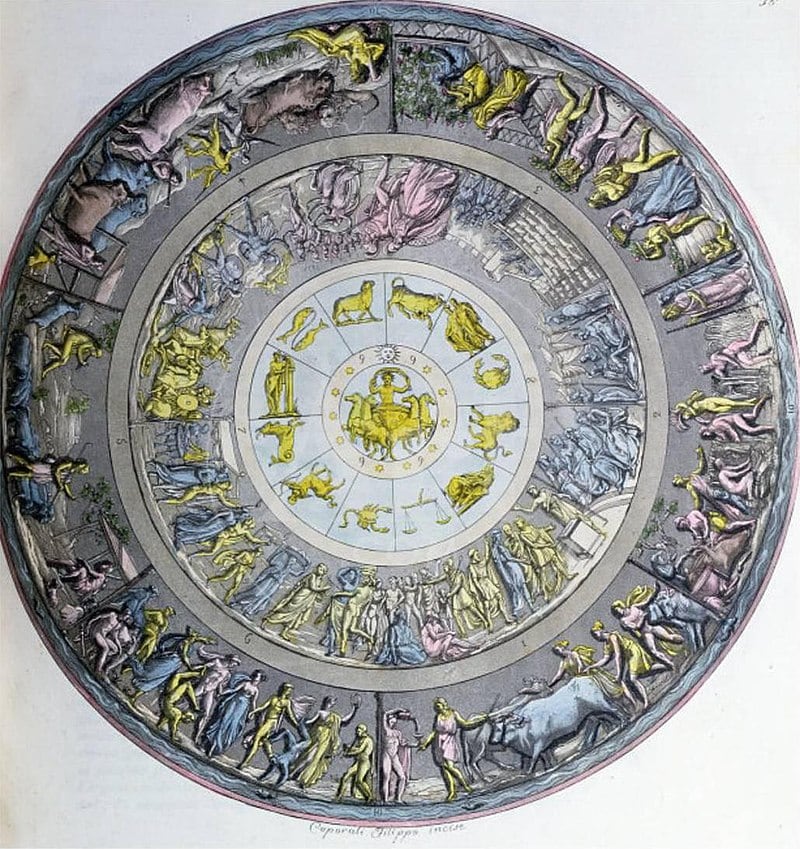
In Greek mythology, Achilles was the strongest hero and warrior in the army that fought during the Trojan War. In Book 18 of the Iliad, the poet describes in great detail his shield, which was forged by the blacksmith god Hephaestus, and richly decorated with scenes of war and peace.
Thanks to this piece of armor, Achilles was able to defeat Hector, Troy’s best warrior, before the Gates of the City. The shield is considered a great symbol of war that represents Achilles’ status as the dominant warrior in the middle of a conflict.
6. Tsantsa (Amazon)
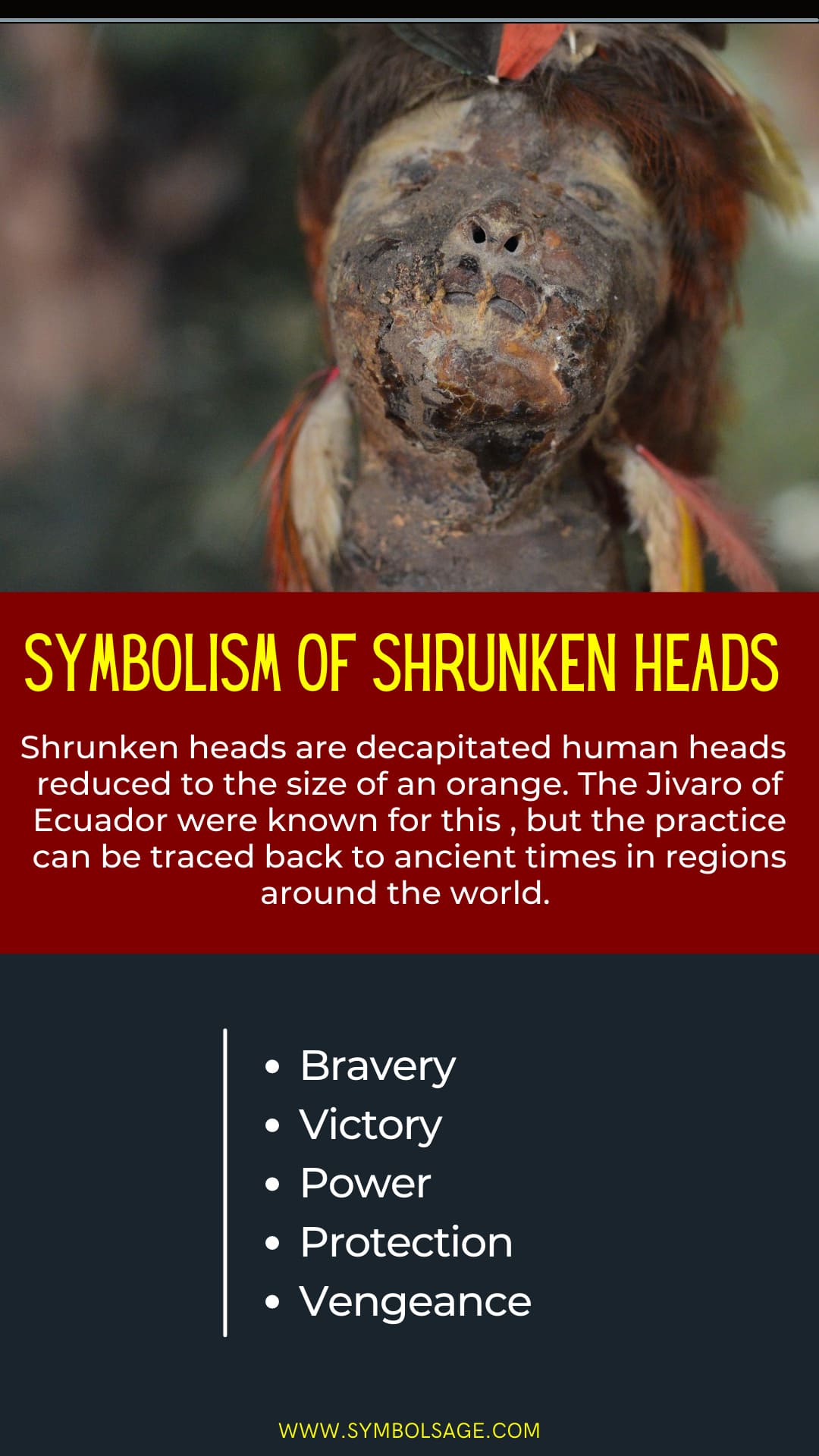
The Tsantsa (or Tzantza), is a symbol of war and pride, used by the Shuar people of the Amazon rainforest. Tsantsas were severed, shrunken heads that the Shuar shamans often used to scare off enemies and in magic rituals. Tsantsas were also regarded as protective amulets.
The Shuar people were a part of the Jivaroan people who were traditionally belligerent and believed that their enemies, even when dead, could harm them.
Due to this reason, they would cut their heads off and bring them to the village, where expert artisans would use a series of techniques to shrink and dry the heads, rendering them harmless in the process.
War in the Amazon was gruesome and brutal as is mentioned in one of the best-known ethnographies about an Amazon community aptly called Yanomamo: The Fierce People (1968).
7. Tutankhamun’s Dagger (Egyptian)

Most metals are hardly ever found occurring in nature. When Egyptians found a meteorite made entirely out of pure iron, they knew that it was a type of material that was fit only for the gods to use.
Pharaohs were gods on earth and Tutankhamun needed the best weapons to succeed in battle, so he had a dagger fashioned from this metal.
His meteoric iron dagger was found by Howard Carter the British archaeologist in 1925, and it remains one of the finest examples of Egyptian weaponry.
Egyptians mastered the art of war precisely by the time Tutankhamun became king (ca. 1550-1335 BC), and he led his armies against the most powerful empires of the Middle East and greatly expanded the reign of Ra.
8. Xochiyáoyotl (Aztec)
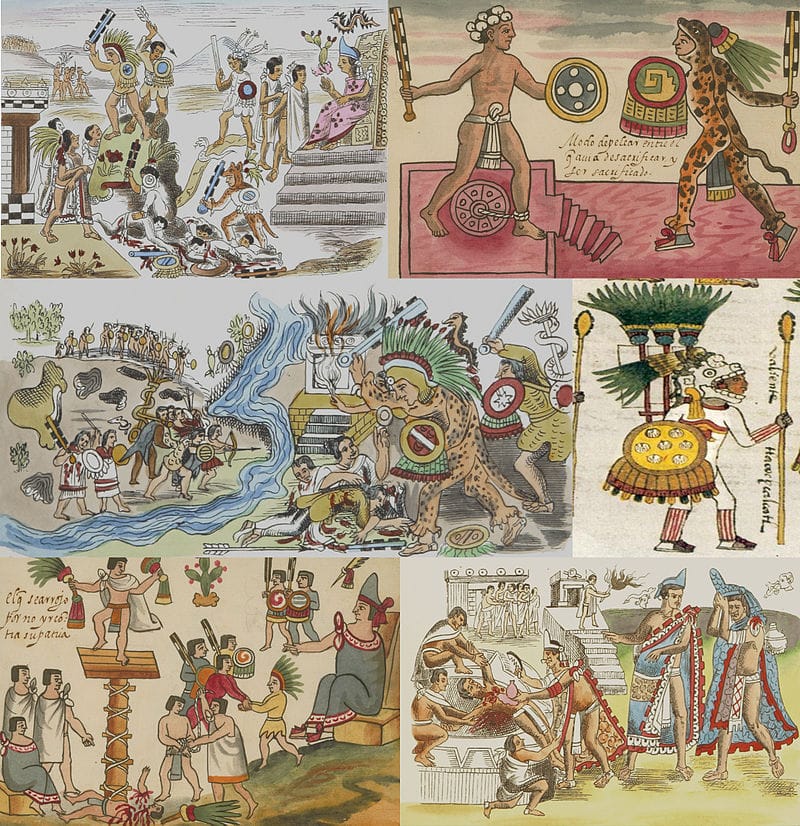
When the Spanish arrived in what we now call Mexico, they were greeted by friendly people, the Aztecs (also known as the Mexica). Their capital city was Tenochtitlan, which was more advanced than any city in Europe by a hundred years. It had its own sewer system, public baths, and aqueducts that brought clean water to every house.
There were set days in which, every year, city-states were allowed to go to war against each other. They called this the Xochiyáoyotl, or Flower War (xochi=flower, yao=war).
In a sort of ancient Hunger Games, the participants from the Triple Alliance would fight according to a set of agreed-upon rules.
In the aftermath of these ritual bursts of violent conflict, prisoners were sacrificed to a deity known as Xipe Totec. Prisoners were then brought to the top of the highest pyramid in Tenochtitlan, the Templo Mayor, where the high priest would use a blade made of obsidian to cut the beating heart out of them and drop their bodies down the stairs of the temple.
9. Akoben (African)
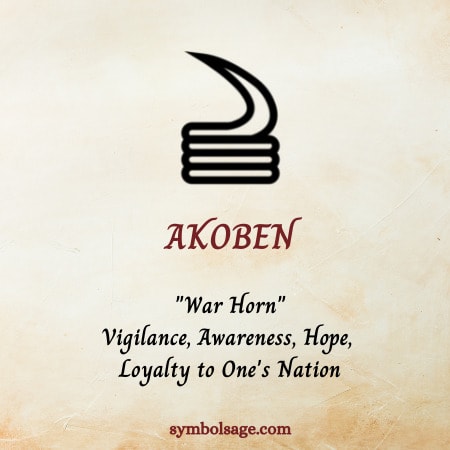
The Akoben is a popular West African symbol of war, readiness, hope, and loyalty. It depicts the war horn that was used for sounding battle cries. The horn was used to warn others of danger so that they were able to prepare for an attack from the enemy. The Akoben was also blown to call soldiers to the battlefield.
This symbol features three oval shapes placed horizontally, one over the other, with a comma-shaped half-spiral resting on the topmost oval. It was created by the Bono, one of the largest ethnic groups of the Akan people of Ghana.
To them, it serves as a reminder to always be aware, cautious, alert, and vigilant. It’s also regarded as a symbol of patriotism and seeing it gave the Akans hope and the courage to serve their nation. Due to this reason, the Akoben is also considered a symbol of loyalty.
The Akoben is one of many Adinkra, or West African, symbols. It represents African culture in various contexts and is often seen in artwork, fashion, decorative items, jewelry, and the media.
10. The Boar (Celtic)
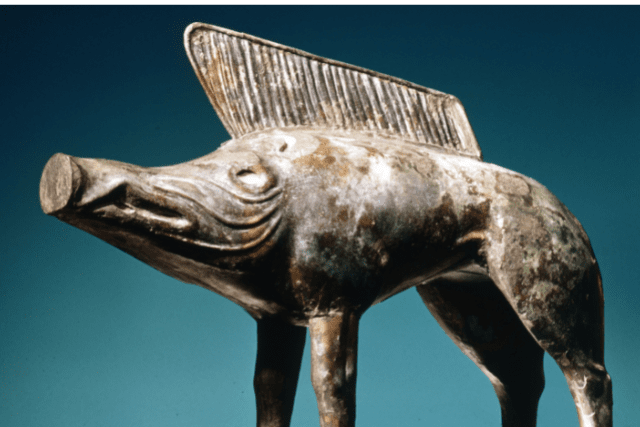
The boar is an extremely important animal in Celtic culture, associated with bravery, courage, and ferocity in battle. The Celts greatly admired and respect the ferocity of this animal and its ability to defend itself when it felt threatened.
They hunted boars and relished the meat, and it’s said that some believed it would give them strength in the face of danger. Boar meat was a delicacy that was served to highly honored guests which is why it also became a symbol of hospitality.
The boar is said to be associated with Celtic deities like Vitiris, a popular god among warriors. Celts believed that the animal was also connected with magic as well as the other world.
Various Celtic myths tell of boars that could speak to humans and lead people into the underworld, linking these majestic animals to rites of passages.
In Celtic symbolism and art, the boar symbol is highly popular and can be seen in various drawings or featured on certain items.
11. Tumatauenga (Maori)
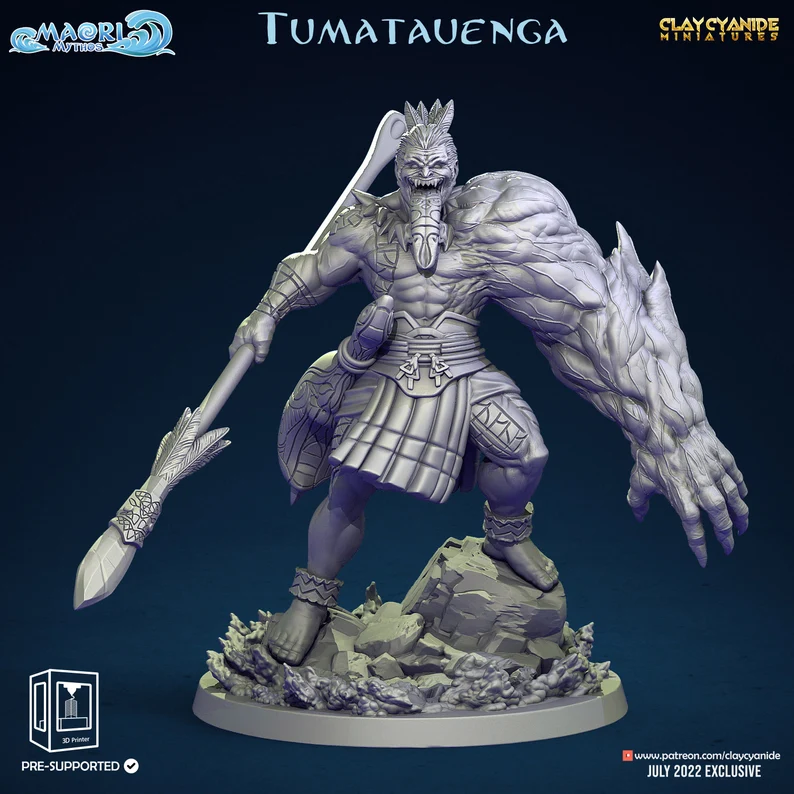
In Maori mythology, Tumatauenga (or Tu), was the god of war and various human activities such as hunting, cooking, fishing, and food cultivation.
Tumatauenga has been featured in many creation stories, one of the most famous being the story of Rangi and Papai.
According to the legend, Rangi and Papa (the father of the sky and mother of the earth), lay together in a close embrace due to which their children were forced to crawl between them in the darkness.
The children soon became tired of this and hatched a plan to separate their parents, allowing light into the world. Tumatauenga wanted to kill their parents, but his sibling, Tane, was much kinder and instead forced their primordial parents apart.
Tumatauenga is regarded as a symbol of war by the Maori and his name inspired the Maori name of the New Zealand Army: Ngati Tumatauenga. The Maori dedicated war parties and hunting trips in his name and made offers to honor the deity in the event of war.
Wrapping Up
Warfare is one of the most ancient and long-lasting institutions known to humankind. People fought each other for thousands of years before they found a way to document it. In fact, the earliest known battlefield dates to 13,000 BC and is located in Jebel Sahaba, Egypt.
Over time, wars became ritualized, mythologized, and used as ways of uniting a community. The above list includes some of the most well-known symbols of war and most serve as reminders of how important it was (and still is) for different civilizations to be victorious in battle.
Similar Articles:
A List of Gods of War from Around the World
Athena – Greek Goddess of War and Wisdom
